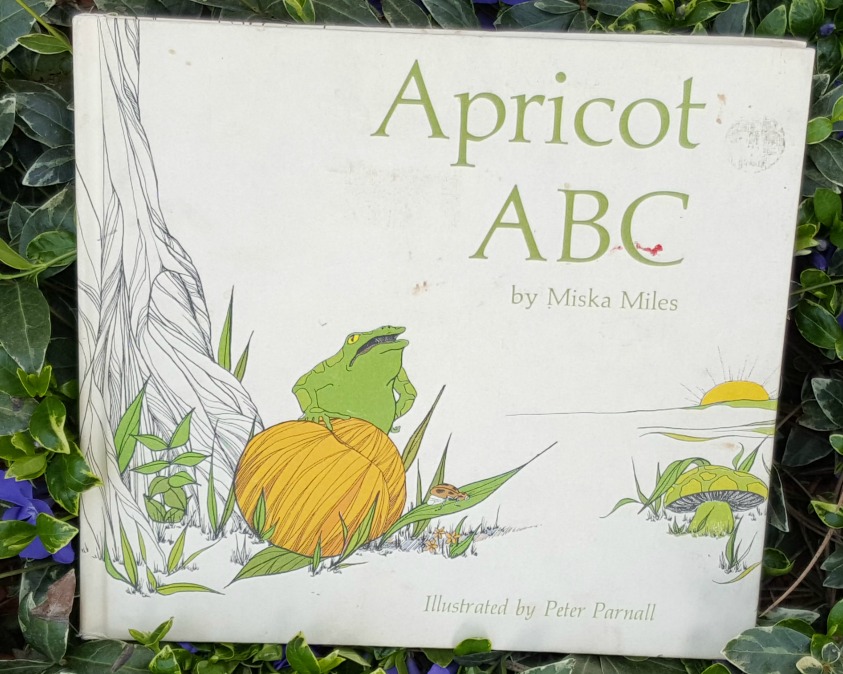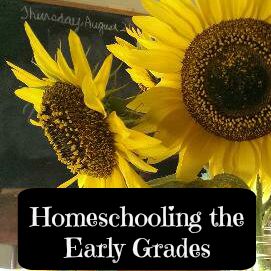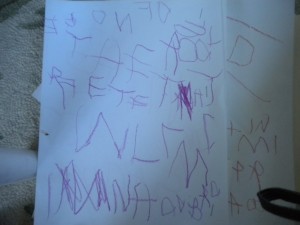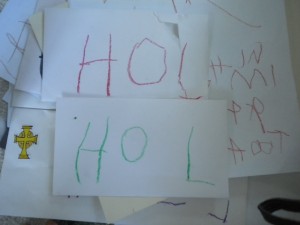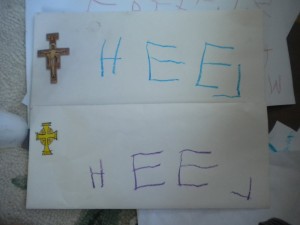I’m trying something new this year. I’ll have a 4th grader that I’m starting more formal work with, a 1st grader who will be doing very light school, a preschooler who is just along for the ride, and halfway through the year I’ll have a newborn. And possibly a nervous breakdown. I’ll keep you posted.
One of my challenges in thinking about this year was to figure out what to do with my preschooler while trying to teach my 1st and 4th graders.

I have always been a very relaxed schooler, but as I’m looking at meeting the needs of all my children at their different levels, I’m trying something new this year. I’m trying more structure, more routine, and more curriculum. I have spent the summer praying and planning and have come up with a plan that I am praying will work. I have felt God’s hand guiding me through this process and putting resources in my path that have helped me to get really clear about what we need to do this year.
The two books that have most informed my thinking this summer are Managers of Their Homes by Steven and Teri Maxwell and Teaching From Rest by Sarah Mackenzie (note, there are no affiliate links in this post, I get no kick back if you buy any of this stuff).
Managers of Their Homes walks you through a detailed and prayerful process of creating a schedule for your family and your home school, and Teaching From Rest reminds you that anxiety has no place in the home school. The two books complement and balance each other nicely, and together helped me get clear about how to create routine and structure without becoming a slave to a schedule and the clock.
I never intended to create such a detailed schedule for my kids. But I’ve noticed how they thrive on the schedule at their weekly enrichment program, and how much more smoothly the more routine parts of our days go. So I made a schedule.
The Plan
This is what the schedule looks like for my 3 1/2 year old.
7:15 – 8:15 Morning chores
This is simple for my 3 1/2 year old – just getting dressed, brushing his teeth, and eating breakfast. He loves to help me make breakfast.
8:15 – 9:15 Group school
This is school for all my kids together. We’re using Book Shark for history and science so this time will be mostly read alouds. We’ll also do some math with Life of Fred. The preschooler will be free to play quietly in the room with us with blocks or legos or trains or drawing or whatever. If he can’t be quiet, he will be asked to play in his room. I expect this to take practice and discipline, but I’m hoping once it’s routine, it will be easier. He generally likes to listens to stories, so I’m hopeful this will go okay.
9:15 – 9:45 Outside time
This is 30 minutes in the backyard with the other two kiddos while I do some morning chores.
9:45 – 10:15 Preschool with mom
I am typically anti-curriculum for preschoolers, but I wanted him to have some intentional attention from me early in the day. I’m going to try
Flowering Baby. I chose this because it looks flexible, not too focused on academics, and very doable. I don’t intend to follow it to the letter but rather to use it as a handy guide so I don’t have to be terribly creative in planning this time with him. The activities look like things I do with him anyway, but saves me the hassle of having to think too hard about things.
10:15 – 10:45 Morning School
This is my nod to
Morning Basket Time as described by Jennifer Mackintosh at Wildflowers and Marbles. Jennifer describes her original conception of this time as ” a basket of inspiration that could be ageless in its offerings, that spanned abilities, that spoke to beauty and loveliness, and gave the day an inspiring start.” I plan to use this time to share art, music, hymns, and our faith with the children.
10:45 – 11:15 Science Box Time
This will be Thomas’s special time with Henry, my oldest. I’m using the book
Sandbox Scientist to put together some free exploration boxes that should be able to keep the boys busy together for 30 minutes while I work one-on-one with Helen. The secret to making this successful will be 1) planning ahead and making sure I have everything ready to go and 2) teaching expectations for this time. The science boxes in this book are super cool, hands-on, and totally open ended, so I’m hopeful this will be a great time for both of the boys.
11: 15 – 12:15 Sensory Time with Helen
This will be some sort of play dough, or very simple open ended craft, or sensory bin activity. I like the creative invitations at the
Tinker Lab site for this because they are simple and fun. I am also planning to rely heavily on Pinterest for this time. I’ll be pinning stuff
here.
Lunch
1:00 – 1:30 Screen time
He’ll be able to play on the Kindle or play
Starfall, or watch a show on the laptop. This is my prayer and reflection time, so we’ll likely be in my bed or on the sofa together. So this will also be some mama time for him.
1:30 – 2:00 Rest
He really should still nap, but he doesn’t. He desperately needs this midday rest. I have little hope that he’ll take to this idea easily, so this is also my rest time and we’ll lay down together. The screen will be put away, but he’ll be allowed to look at books or listen to music or audio books.
2:00 – 2:30 Time with Mom
This will be one-on-one time for us to play whatever he wants. We’ll probably be building train tracks.
2:30 – 3:00 Play alone in office
The “office” is where his favorite toys are and all of the messy supplies. During this time Helen gets her alone time with me and Henry gets his computer time. Thomas likes to watch Henry play on the computer, so he can also do that during this time. I’m hoping this will work because he’s just had an hour and a half of time with me just prior to this. This is perhaps the most critical time for him to leave me alone because my poor middle child really needs some one-on-one mama time.
3:00 – 4:00 Outside time
This is Helen’s outside time too. It’s my phone call and reading time which I plan to do from a chair outside so I can keep an eye on them
while they ride bikes and such, and so they don’t feel abandoned. I won’t be playing with them though.
4:00 – 4:30 Screen time
Each of my kids gets 3 blocks of 30 minutes for screen time. This is Thomas’s second block. It’s scheduled so there’s no fighting about who gets to pick the show or use the computer.
4:30 – 5:00 Afternoon chores
This is helping with a general whole house pick-up as well as tidying his room and possibly another small, “real” chore like collecting eggs. Once he’s done with whatever it is, he can go back outside.
5:00 until 6:00 or Dinner Time
As long as the weather is nice and it’s not dark too early the kids will usually play outside with the neighbor kids until dinner time at 6:00. I will also hopefully have a mother’s helper once a week or so which should take the edge off when the weather is bad or it’s getting dark early and the kids need to play inside. Thomas can also choose to have his last block of screen time at 6:00.
If looking at this overwhelms you, keep in mind that I created this after a whole lot of prayer and reflection. It’s based on the very specific needs and interests of my family. The plan you have for your family should look different because your family is different. What I hope you take away from this post is the idea that some careful thought to the needs of your preschooler and a little bit of advanced planning can help you fit him into your home schooling day.


